|
This is a subject which has been bothering me for
some considerable time, converting negatives to digital positives. The
conventional method, employed by most labs, is drum scanning and loading
onto CD. This is pretty much an automated process and as such should not
be expensive. The supermarket and high speed high street labs have offered
this service at time of processing for just a pound or two. Unfortunately
in recent times these labs have been making some radical changes, that is
the ones who are still in business, and are now charging much more. This
forced me to look again at an alternative scanning solution. Flatbed
scanners have moved forward a long way over the last few years but to get
one with good negative scanning potential still requires a substantial
investment, the cheapest on the market at present being the Epson V300 at
£90. Apparently this is a very capable scanner but only covers 35mm,
medium format capability requires a much higher investment, and flatbeds
still inherently suffer from problems with dust and I have also found the
the higher the resolution the greater the noise levels in the finished
product so what you gain on the swings you lose on the roundabouts.
This bring me to the main subject of this
article, an alternative to the flatbed scanner. Around 9 months ago the
company I work for were throwing out an old Kaiser copy stand, complete
with lights. Being an inveterate scrounger I acquired this item, with
permission of course, and found it a new home. I originally thought it
would be useful for photographing smaller items for the site and some
stock which my son was selling on ebay. When I thought about it I figured
if I were to use a light bed on the table I could place negatives on it
and photograph these using a macro lens or extension tubes on my digital
SLR. Yes I know I swore but it's the only way this is possible, and after
all I think it's a safe bet that although we're all film fans we still
have a digital camera hidden away. The first results were encouraging but
suffered from uneven lighting so I shelved the idea. After going back to
struggling with flatbed scanners for a while I thought it was time to
revisit the stand. What it needed was a film holder mounted on a stand to
lift it away from the light and allow more diffusion. This got rid of the
bad lighting issue but by reducing the light level made the images a
little dark. By chance I happened to find a sheet of foil card amongst my
odds and ends of print samples and I used this to fabricate a box with the
holder on top but with the foil side facing inward. The difference was
amazing, not only did this diffuse the light but intensified it
considerably. The only issue now was the colour balance and after adjusting the camera's white balance a few times I got
improvements. Then in an inspired moment I thought of using a Cokin mid
blue filter slide laid on the light bed enough to cover the area of the
negative but still allow white light around it to fill the box. The theory
being that the blue filter would help to neutralize the red film backing. The
results now are astounding and need only a little adjustment in software
to get superb results. As an anecdote there is a twist in the story, just
as I have finally made this amazing discovery I popped in to the high
street newsagents and picked up a copy of the British Journal of
Photography only to find they are running an article on using old Kaiser
copy stands with a light bed and digital camera as an alternative to
flatbed. It would appear that these copy stands are now being sought after
by professional labs because the image quality when using a high end
digital camera is superior to all flatbeds and better than all but the
best drum scanners. Well I got there first, even if I don't have a high
end digital it still works well for me. Two things to bear in mind while
you're scrutinizing the images below. One is that I only have 6 megapixels
so the camera is far from high end, above 10mp would give a much better
resolution and allow larger sizing. The other thing is that the 110
cassette negatives used for the images at the bottom are over 20 years old
and are not in perfect condition.
|
|
On the right are some examples of different film
types produced on the new "rig".
One thing which I didn't mention above is how to
set up the system to get the best results so I'll tackle that here. The
first thing is to make sure you have a top class lens because the
definition required is incredibly fine as I'm sure you can imagine. You
will need to experiment with aperture setting to obtain full corner to
corner sharpness. As any regular macro user knows there is very little
depth of field or focus working at such close quarters. I use between f8
and f16, the wider end tends to lose a little sharpness at the edge,
however the f16 end increases white noise in in the sky and other mid tone
areas. I also use manual focus to get the critical sharpness needed. It is
best to keep the shot as tight to the actual content as possible because
any framing or white space around the negative will affect the light and
colour balance. This will involve experimentation with extension tubes or
magnifying filters, the latter are not recommended because they will
affect the end result to some extent. The same applies to coloured filters
which is why I use the filter on the lightbed. The great thing is that once you have the set up right it
is constant, so you can scan a whole roll of 36 negatives in a matter of
minutes, much faster than a flatbed which adjusts for each individual
frame. As an aside to this article this setting up really shows the
differences is lens quality because the tolerances are so tight, you will
soon see the difference. The best lens I have which I can use on my Pentax
is the classic Russsian Helios 44 (ex Zenit) on an adaptor, this is
streets ahead of most including the Super Takumar. I have, so far,
produced masking frames for 6 x 6, 6 x 4.5, 35mm, 35mm Half Frame and 110.
I still have to make 126 and 6 x 9 but as I have only a few negatives to
experiment with this is a low priority. A word of note, the medium format
holder needs to be closer to the lightbed in order for the filter to cover
the surface area of the negative. This is what is holding up the 6 x 9
because the Cokin A filter is too small and I need to find a Cokin P at a
reasonable cost.
|
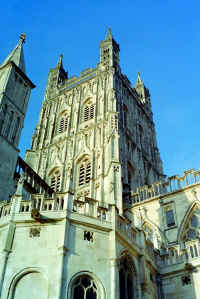
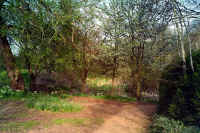 Rollei B35 (35mm)
Rollei B35 (35mm)
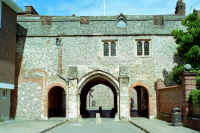
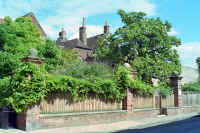 Minolta 7000 (35mm)
Minolta 7000 (35mm)
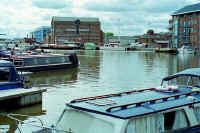
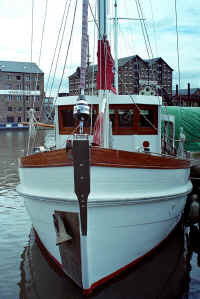 Minolta Dynax 505si (35mm)
Minolta Dynax 505si (35mm)
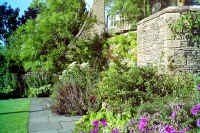
 Mamiya 645 (MF Half Frame)
Mamiya 645 (MF Half Frame)
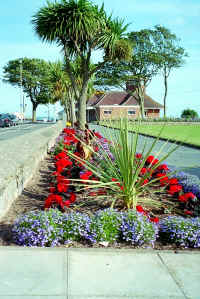
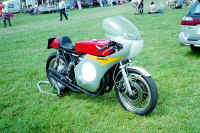
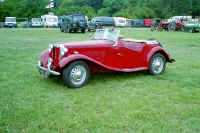
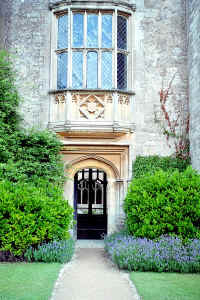
Olympus Pen EE (35mm Half Frame)
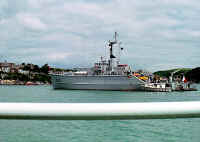
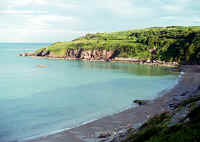
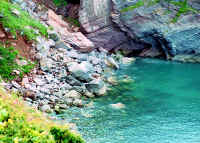
Minolta 110 SLR Mk2 (110 Cassette)
|